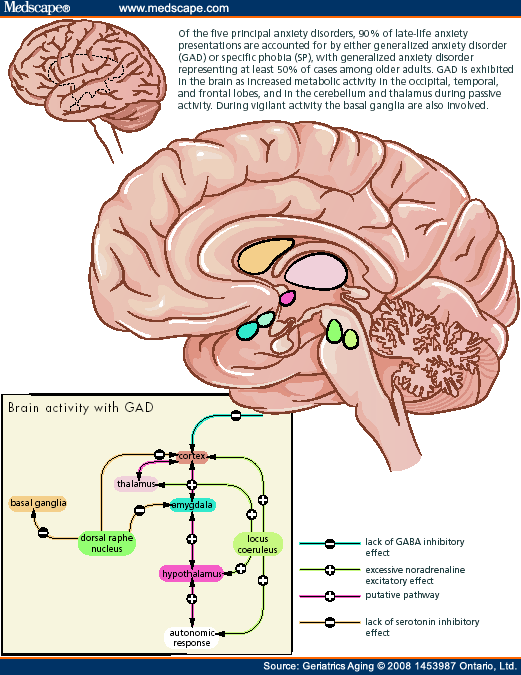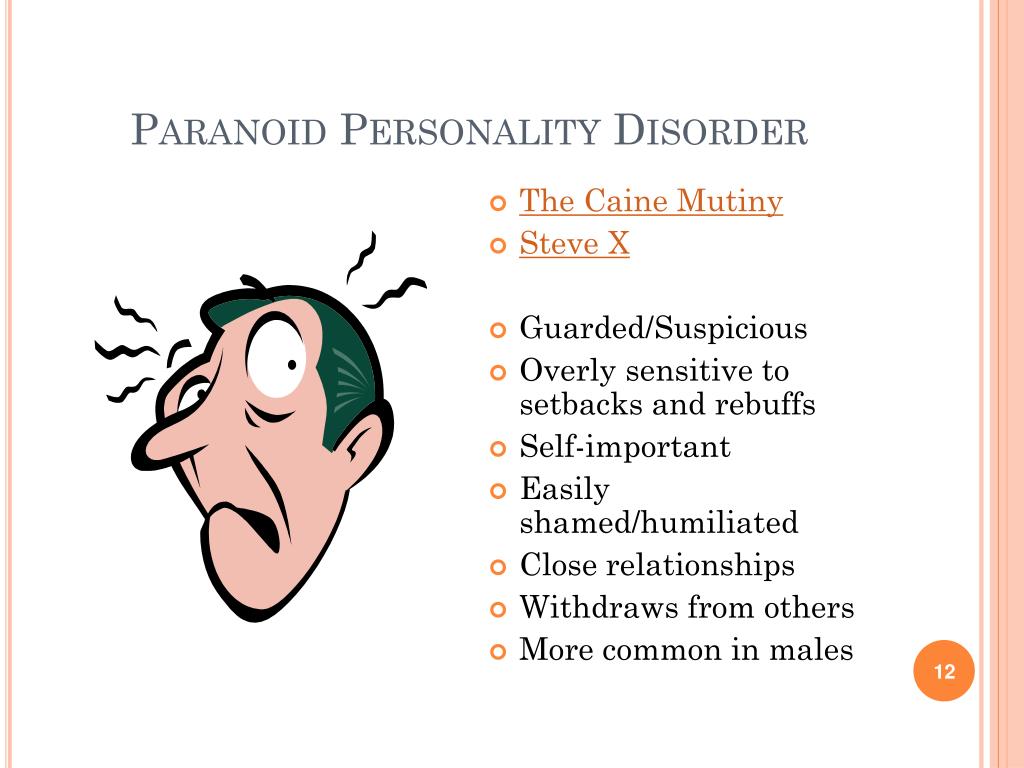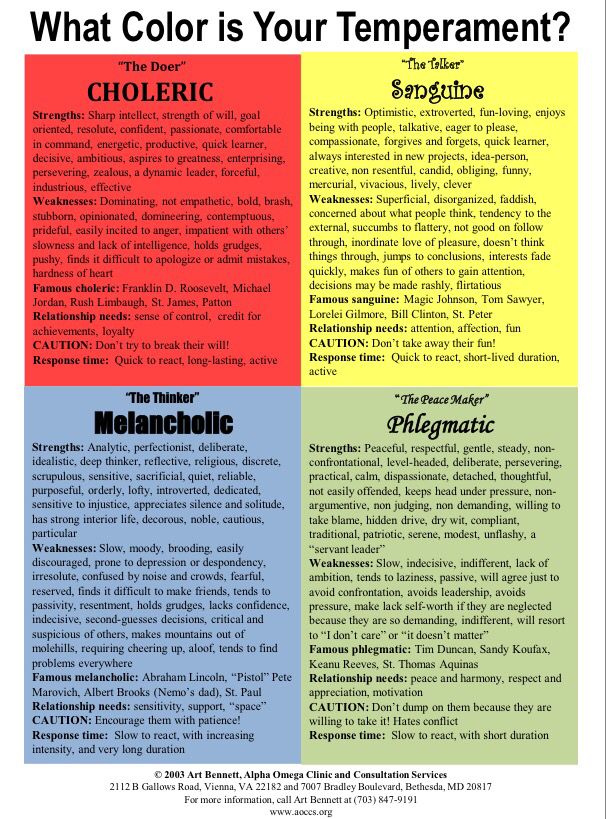Time urgency definition
Working Smarter | time urgency
IF THERE'S ONE little adjustment that could make a giant difference in work-life balance and job satisfaction this year, I would vote for an end to hurry-worry. I’m talking about that hyperventilating habit of rushing through every minute of the day at work—and at home—as if you were a stampeding wildebeest.
Time panic. It’s everywhere these days, hyped up by instant technology and instant expectations. “Hey, did you get that email I sent two minutes ago?" Pretty soon they’re going to call you up and say, “Did you get that email I haven’t even sent yet?”
THE SPEEDWAY FALLACY
We’re all on a speedway these days, one driven by a fallacy that “as fast as you can” is the goal, when mindless rushing is the foundation for much of what ails brains, teams, and productive endeavor. It drives frenzy, frazzle, false urgency, crisis mentality, stress, burnout, and a host of pointless mistakes that happen when the brain in hijacked by an ancient interloper that believes every minute of the day is an emergency.
Nonstop motion makes everything appear urgent when we haven’t taken the time to think about what is urgent and what isn’t. Speed for speed’s sake is the wrong goal, unless you like the churning stomach, temper tantrums, and mistakes of false urgency.
Autopilot mechanical momentum, minus thought, undermines productivity. We need informed performance—mobility, having our faculties functioning while we focus on the task at hand, not the clock.
It’s not a sprint to the death we’re on; it's a marathon. That means we have to move with deliberate speed, and for that we need the capacity to think and focus, which isn’t there when rushing.
JACK BE QUICK
The great basketball coaching legend, UCLA's John Wooden, had the best description of how we should approach a swift result. He said, “Be quick but don’t hurry.” It’s a brilliant principle for any organization or individual. Yes, you want to move at a good pace but not at one that mars your thinking, which is what hurrying does.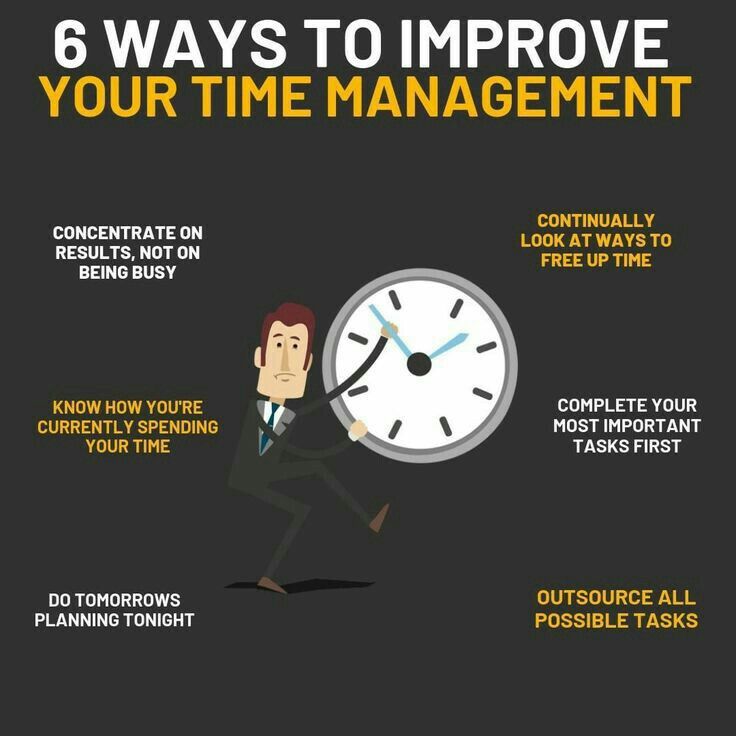 In my time management and work-life balance programs, we focus on quickness and qualifying urgency.
In my time management and work-life balance programs, we focus on quickness and qualifying urgency.
On the basketball court, hurrying triggers forced shots, turnovers, and charging fouls, because it sets off stress-addled emotions. Being quick, though, means you move swiftly but under control. We are not under control when we’re in hurry-worry mode. The ancient part of the brain that thinks you’re going to die unless you race all day sets off the stress response and the catastrophic, shallow, and rash thinking that accompanies it.
Time urgency used to be restricted to Type A personalities and the super-important deadline. These days, thanks to technology, shorter attention spans, and the endangered species of patience, we’re all caught up in it.
All Type A’s are stuck with time urgency, which is a fixation with the passage of time and a compulsion that every second of the day should be jammed with as much production as possible. That goes for when you’re at home too, so time frenzy is very insidious.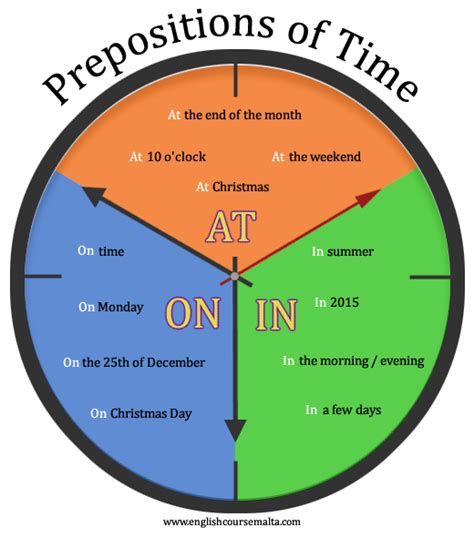 It wants to book up all your time outside the office too, which kills work-life balance. How do you get any recharging in when you have to fill every moment with production? We need to stop filling time and make our off-hours more fulfilling.
It wants to book up all your time outside the office too, which kills work-life balance. How do you get any recharging in when you have to fill every moment with production? We need to stop filling time and make our off-hours more fulfilling.
Rushing kicks thoughts from the top floors of the brain to the rote and panicked floors, which accounts for the rash emails, the impulsive decisions, and the shift from thoughtful analysis of the next move to frenzy and nonstop commotion, which isn’t forward motion.
SPRINT TO THE DEATH
There's a reason why we have laws to prevent speeding on highways and railways. Nobody would want a surgeon trying to set a speed record for brain surgery slicing into their skulls.
Researchers have found that rushing is bad for your work, health, and life. Managerial activities that require complex decision-making and long-term future planning are hindered by time urgency (Abbott, Sutherland). Time frenzy is also a heart attack risk (Cole).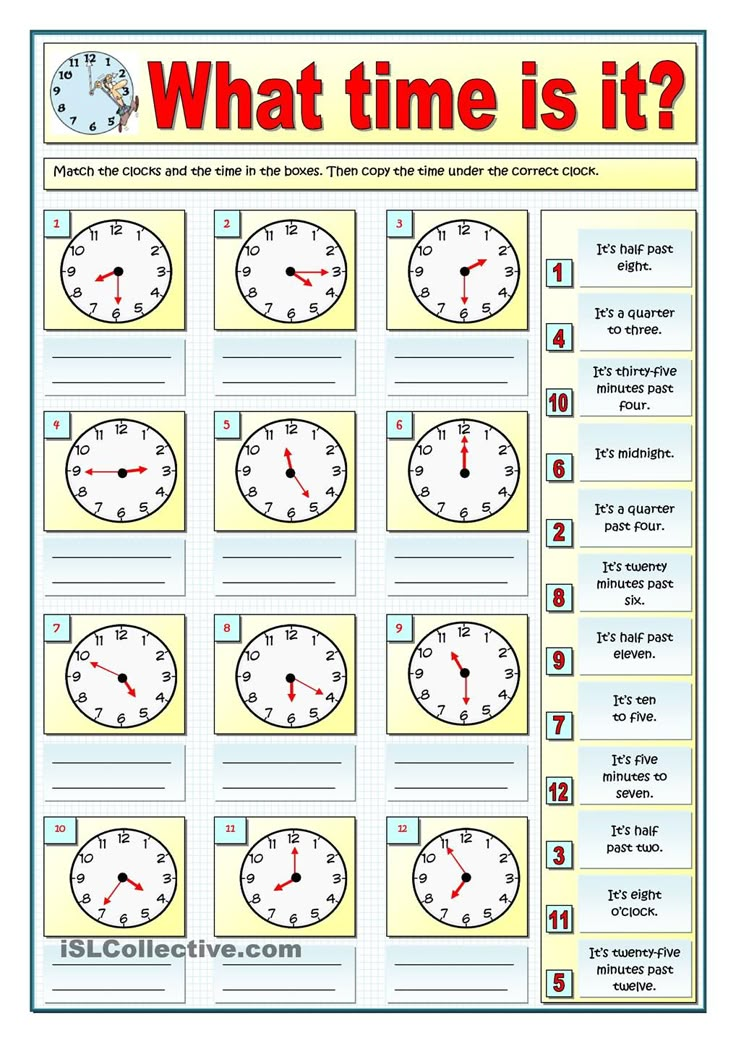 The pattern goes like this: Impatience leads to irritability, which leads to anger, which leads to clogged arteries. Time urgency can also lead to burnout and emotional exhaustion (Conte).
The pattern goes like this: Impatience leads to irritability, which leads to anger, which leads to clogged arteries. Time urgency can also lead to burnout and emotional exhaustion (Conte).
Exhaustion is a common side effect of hurry-worry, because implicit in the behavior is a false belief that you have to get something done faster or get somewhere speedier than is possible. One eye is always on the long list of things to do after you race through the current task. So there’s a futility in reflex rushing, a frustration with yourself and others that you can never do it fast enough.
The thing about time urgency, though, is that most of it is self-inflicted. We create arbitrary self-deadlines. I’m going to get this done by 12. I’m doing to do this in 10 minutes. People with time frenzy, and especially Type A’s, always overestimate their ability to get things done quicker than the reality dictates. We often box ourselves in with these overestimates of our speediness by telling others that, sure, we can get that done by some super-fast, unrealistic deadline.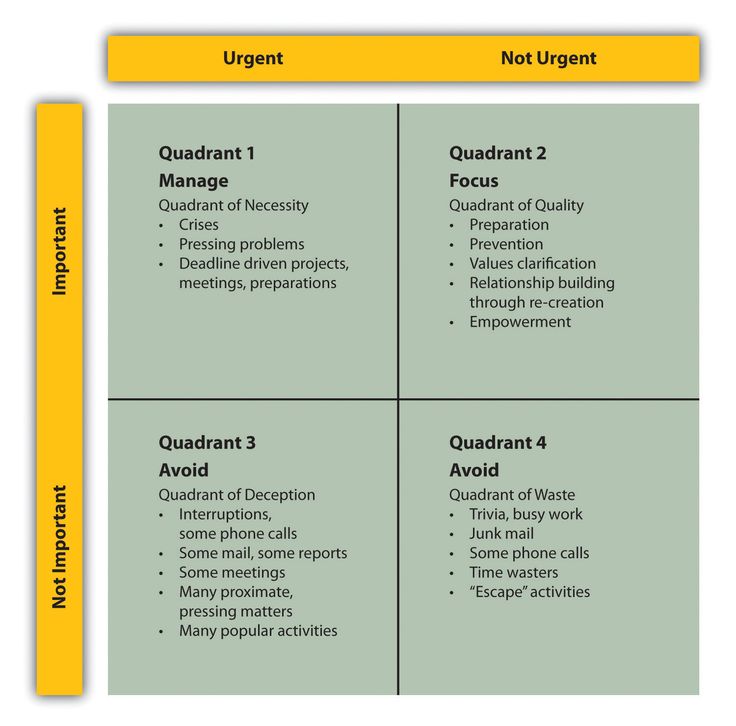 Always build in extra time, scope creep, to keep yourself from overpromising and underdelivering.
Always build in extra time, scope creep, to keep yourself from overpromising and underdelivering.
TURNING OFF THE RACETRACK MIND
Awareness of this habit is the first step to curing it. Since time frenzy turns on the stress response, you are going to know when you’re rushing for nothing by the stress symptoms that appear in your body—racing stomach, tightening in the neck, rapid heartbeat, digestion issues, insomnia. When you feel these cues going off, step back and ask, What is the emergency?
Turning off the racetrack mind of hurry-worry restores focus in the moment and takes fixation off the clock and to-do list so that we can harness attention for the task at hand. Not taking the rushing bait allows you to feel in control of events, instead of at the mercy of a world out of control. That allows you to manage demands instead of having them manage you.
And, what might be the most important thing about dumping this habit, you have permission in your life outside the job to enjoy hobbies, do exercise, and live life without the nagging that you should be doing something productive every spare second. That is the real measuring stick in our later years, so you're going to feel productive and satisfied if you can look back and see a life fully lived.
That is the real measuring stick in our later years, so you're going to feel productive and satisfied if you can look back and see a life fully lived.
If you and your team would like to get time urgency and management under control, click the button below for details on our stress management, time management, and work-life balance programs.
Tags: employee stress management, time urgency, rushing and productivity, patience and performance
“Patience” is a word we normally hate to hear, because it usually means we have lost ours. Being reminded that we need to take a minute when we are in a state of hyper time frenzy is like being told to keep calm when you are verging on a primal scream.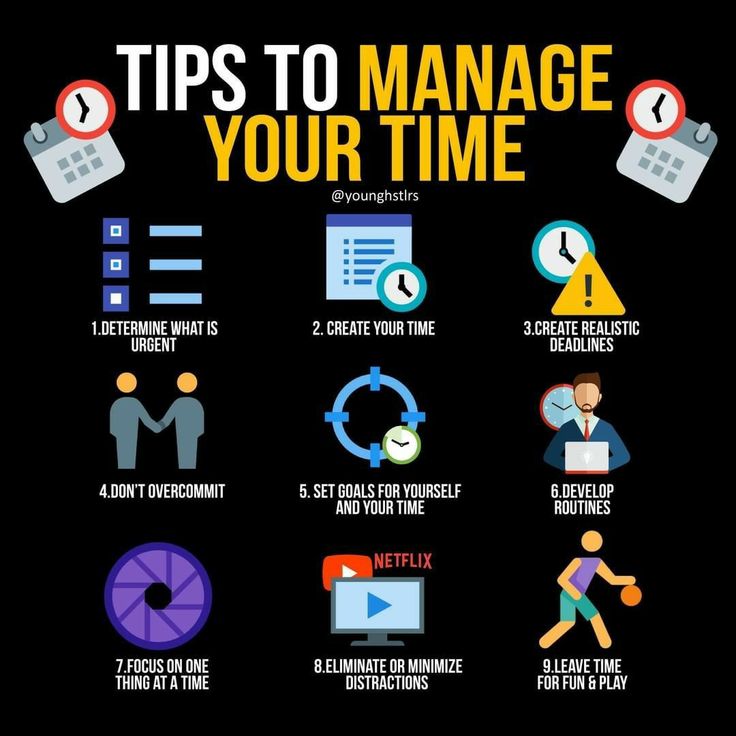 It’s a concept the emotions refuse to allow in when we are swept away by frenzy and frazzle.
It’s a concept the emotions refuse to allow in when we are swept away by frenzy and frazzle.
In a world of permanent rush hour, patience seems like some obsolete remnant of a quainter time, something from a do-gooder’s list of manners, something that develops character and all that. Yet this increasingly rare act of discipline is the antidote for much of what ails us in the modern workplace and life. Deploy it, and you kill time urgency, overwhelm, irritability, and a lot of stress. Used regularly, it can do wonders for work-life balance, stress management, and productivity. Are we up to it in an immediate gratification world?
WHAT ATTACHMENT?
First, let’s see where impatience has gotten us. The reflex to race through the day, multitask, short-circuit brain cells with information overload, be in constant texting contact, and go for the next source of stimulation has helped to shrink the average human attention span to eight seconds, less than that of a goldfish.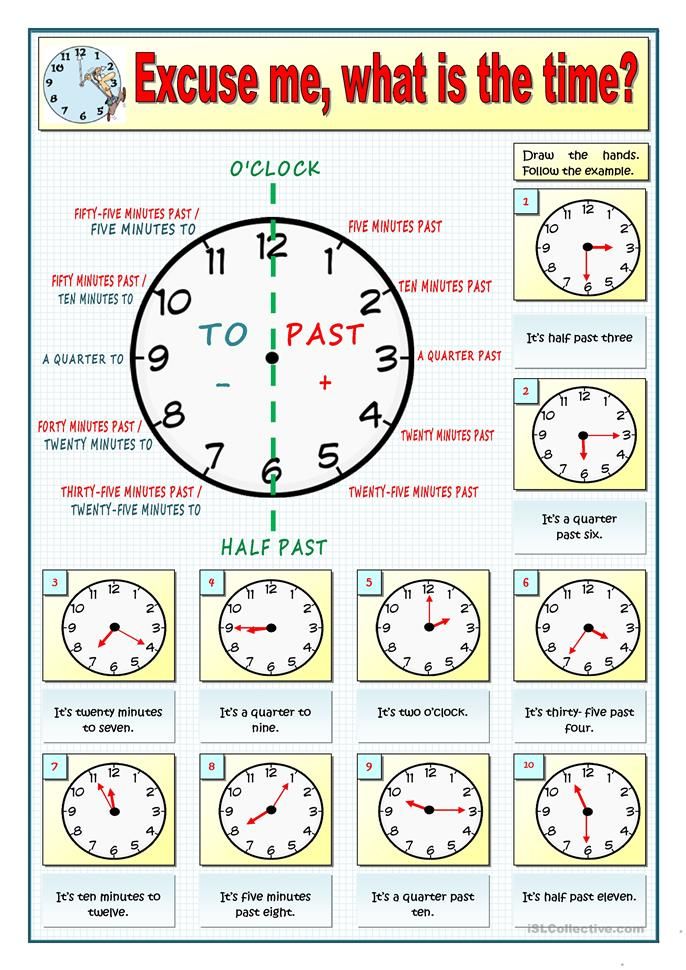 That makes things difficult, since attention is the chief productivity tool.
That makes things difficult, since attention is the chief productivity tool.
There are all those embarrassing emails filled with typos and missing attachments. How many times have you sent an email raving about an attachment and forgot to send it?
Impatience drives multitasking, resulting in the appearance of speed—and more than a few mistakes, since rushing kicks thinking down to the rote and panicked floors of the brain. Research from the University of Michigan and Vanderbilt, among others, shows that multitasking actually slows you down. Brain neurons have to go through a “where was I last time I was here and where was I going?” exercise each time they jump back and forth between tasks, which slows productivity by more than 40%, according to David Meyer at the University of Michigan.
The forces of impatience can’t resist self-interrupting to check email, and that makes work take longer. Constant interruptions to check mail erode the chief tool of anyone trying to get anything done: concentration. The more you check email, the more you have to check it. Interruptions erode impulse control, the discipline you need to resist time-wasting tangents.
The more you check email, the more you have to check it. Interruptions erode impulse control, the discipline you need to resist time-wasting tangents.
THE WHIP OF HURRY-WORRY
Without functioning self-regulation equipment to calmly direct attention and avoid temptations, it takes more time to get work done and aggravates stress as time urgency cracks the whip of hurry-worry. Impatience puts us on edge, a few hairs away from irritability and anger—and clogged arteries. Studies show that’s the pattern time frenzy follows, leading to heart attacks. Now there’s a time-waster. Think about all those things you won’t be able to get done if you are suddenly demised.
Impatience leads to a host of bad outcomes—lashing out, curt emails, impulsive decisions, conflict with tortoises moving too slowly for your liking, and simmering anger that smolders away in your body and contributes to heart disease. One 2007 study from the University of South Carolina found that anger led to a 1.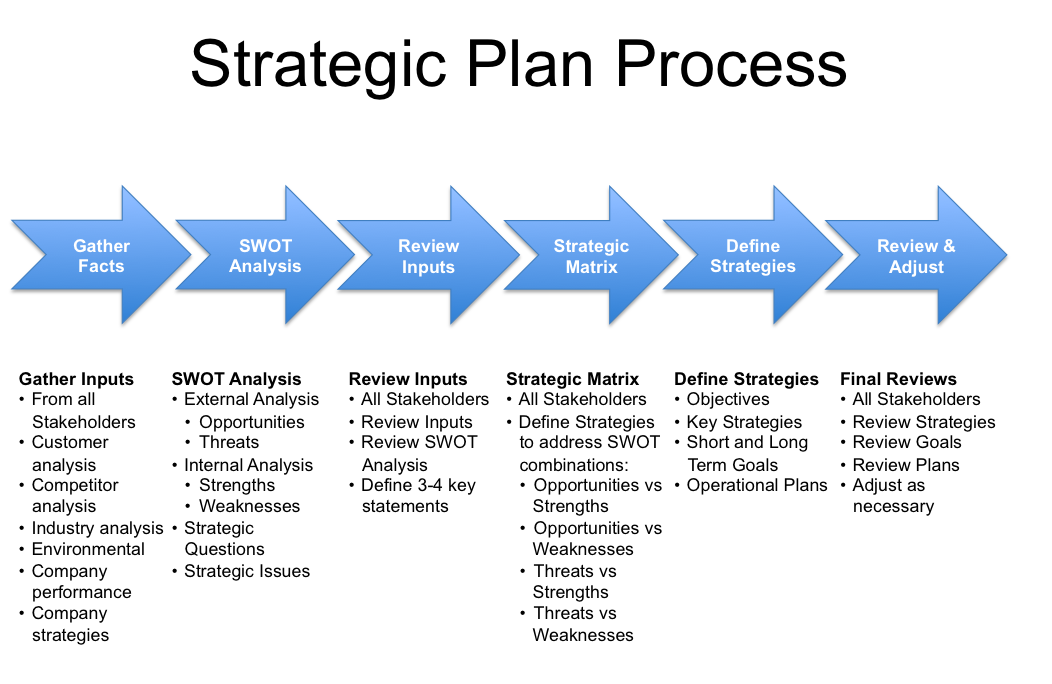 7 times higher chance of developing hypertension, with a 90% increased risk for coronary heart disease.
7 times higher chance of developing hypertension, with a 90% increased risk for coronary heart disease.
Hurry-worry makes you think you have no time to plan your priorities each morning, talk with a colleague or supervisor to distribute workload more effectively, and push the go-button before a report, product, or post has been analyzed and thought enough about to release into the world. Patience is the grown-up in the room; impatience the adolescent.
Patience doesn’t mean moving at the speed of a tree sloth. It is what is known as deliberate speed, informed performance, thought before action, not hurrying. As the great UCLA basketball coach John Wooden once put it, “Be quick, but don’t hurry.”
It’s the hurrying that drives mistakes, since we’re operating at a speed faster than brains can manage well. This is the realm of mistakes and the home of the stress response, which interprets time urgency as if every minute of the day was an emergency—which turns on the stress response.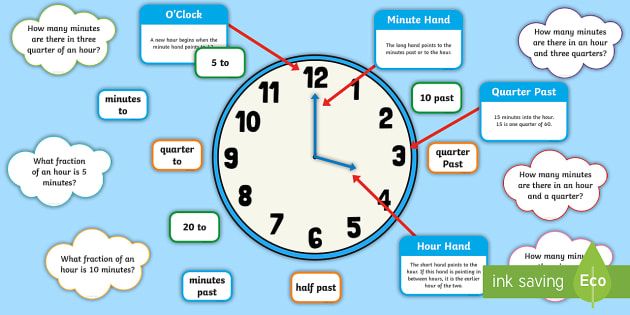 With friends like ourselves around, who needs enemies?
With friends like ourselves around, who needs enemies?
FALSE URGENCY
We can work swiftly without the attention deficit of hurrying and the sabotage of what’s known as System 1 thinking—jump-off-the-cliff, impulsive thinking, minus considered options. That means bringing awareness to your pace. Are you hyperventilating? Racing for nothing? Catch yourself and bring attention back to the moment. Is it an emergency or a speed trap? Nonstop motion makes everything appear urgent when you haven’t taken time to think about what is urgent and what isn’t.
Are you working frantically with one eye on the stack of to-do’s? Focus on one task at a time, which is all you can do anyway. When the goal is just to get things done so you can get to other things that need to be done, you don’t have attention on the tasks you are doing. Productivity is all about the present, not what’s next on the list.
Studies show that when we are patient and absorbed in the moment of what we’re doing we like what we’re doing more, remember it longer, are at our happiest, and can experience the power of optimal experience, when our skills meet a challenge
Patience allows us to work smarter, more efficiently, and more in control of our world.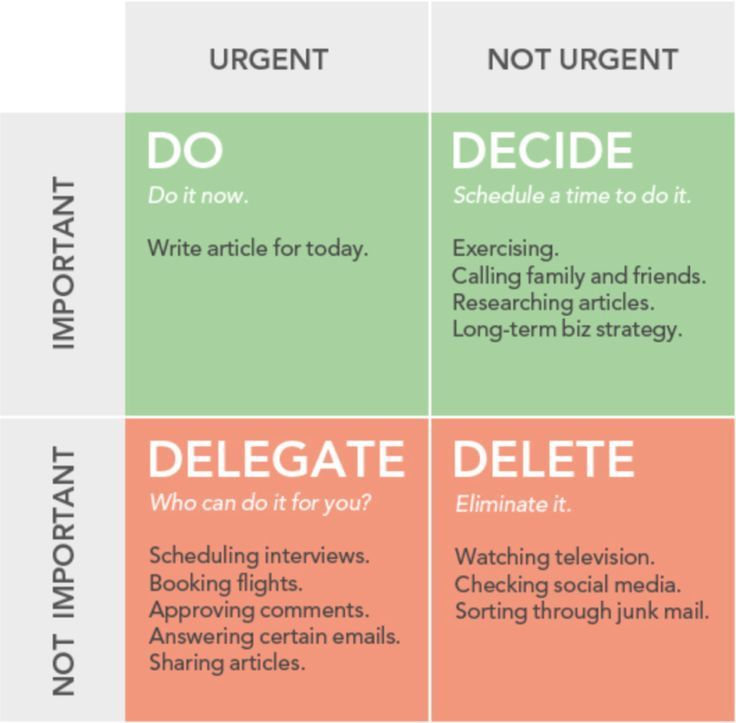 This is crucial to preventing stress. The more control we feel we have over events, the less stress we have. Patience gives you perceived control by providing attention unhijacked by frenzy and the hurry-worry of trying to be somewhere you’re not.
This is crucial to preventing stress. The more control we feel we have over events, the less stress we have. Patience gives you perceived control by providing attention unhijacked by frenzy and the hurry-worry of trying to be somewhere you’re not.
Yes, we all have time pressures to deal with, but we can handle it without resorting to frantic default rushing and stress. Much of the time the race pace is fueled by self-deadlines that we have created and set up ourselves with. “I’m going to get this project done by four o’clock.” We rush to make that time and get angry when we don’t.
The gift of patience is that it is something within our control. All we have to do is to take a breath, recalibrate the false urgency of frenzy to the calm of attention, and exercise this act of discipline as one of the best tools to turn down pulse rates, bad moods, and irritable days. It’s a choice.
If you would like to turn down time frenzy and build time management and attention for your team or yourself, click the buttons below:
Tags: overwhelm, multitasking and stress, employee stress management, time urgency, stress and patience
Too much to do, not enough time. It’s the refrain of the crazy-busy age. But what if it wasn’t true? What if we had the time, but we weren’t using it properly? Studies by Geoffrey Godby and John P. Robinson (no relation to me) have found that we have more time than we think. It’s just not organized.
It’s the refrain of the crazy-busy age. But what if it wasn’t true? What if we had the time, but we weren’t using it properly? Studies by Geoffrey Godby and John P. Robinson (no relation to me) have found that we have more time than we think. It’s just not organized.
Organizing time isn’t just a case of savvy calendaring and prioritizing. The bigger hurdle takes place at the psychological and emotional level, in the beliefs we tell ourselves about the time we think we don’t have and the perceptions those thoughts lock us into.
THE MENTAL BLOCK OF "BUSYNESS"
Time operates on two levels—Greenwich Mean Time and the state of mind that interprets the world in temporal terms. The latter is the hidden key to time management and exiting the chronic frenzy and frazzle that happens when we confuse “busyness” with productive endeavor and make it our very identity. The “I’m too busy” mental block subverts time management and productivity on all sides.
If you tell yourself there’s no time, there isn’t any.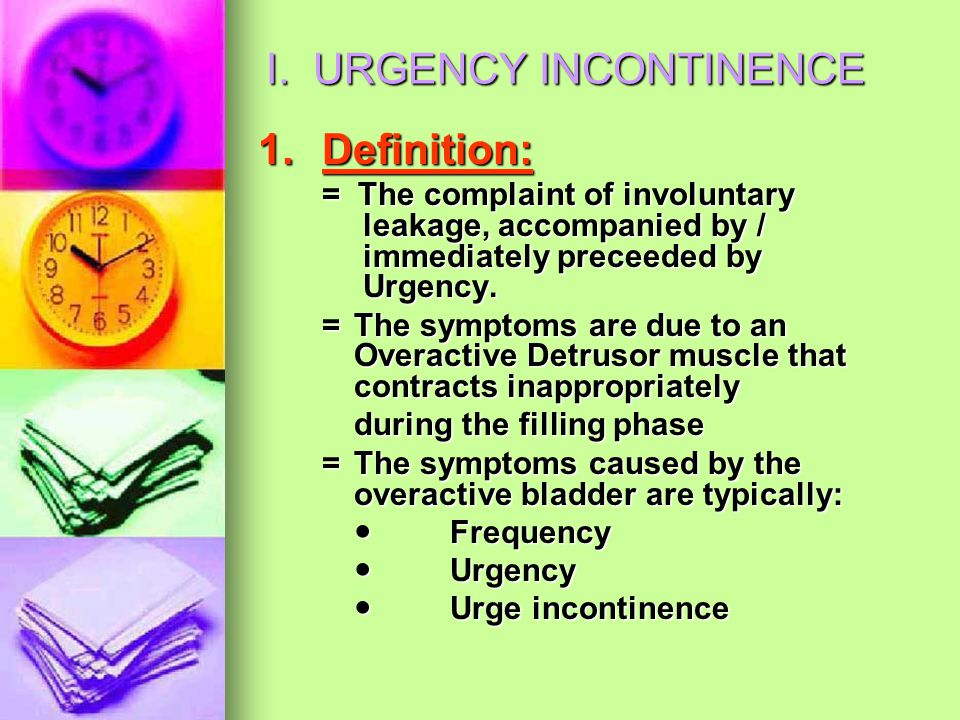 If you tell yourself “I’m too busy,” you are. You’re too busy to have that extra conversation you need with a colleague, too busy to sit down for 15 minutes to plan priorities, too busy to get the recharge time to deactivate tension, too busy to understand the self-infliction of busyness.
If you tell yourself “I’m too busy,” you are. You’re too busy to have that extra conversation you need with a colleague, too busy to sit down for 15 minutes to plan priorities, too busy to get the recharge time to deactivate tension, too busy to understand the self-infliction of busyness.
In an unbounded, always-on world, it’s easy to get caught up in busyness. Yes, there is a lot to do, but we don’t have to do it all at one time, feel besieged, juggle all the to-do’s inside our head, default to terminal multitasking mode, or rush all day. Mental racing tells a part of the ancient brain that every minute of the day is an emergency. That turns on the danger signal of the stress response, i. e. fight-or-flight, and the false belief that we have to do everything faster than we’re doing it, or it will be Apocalypse Now.
EFFECTIVE PACE
Without stopping to think about what we’re doing, whether it’s a priority or not, and when the best time to do it is, the default is to action, uninformed, reactive action that drives frenzy.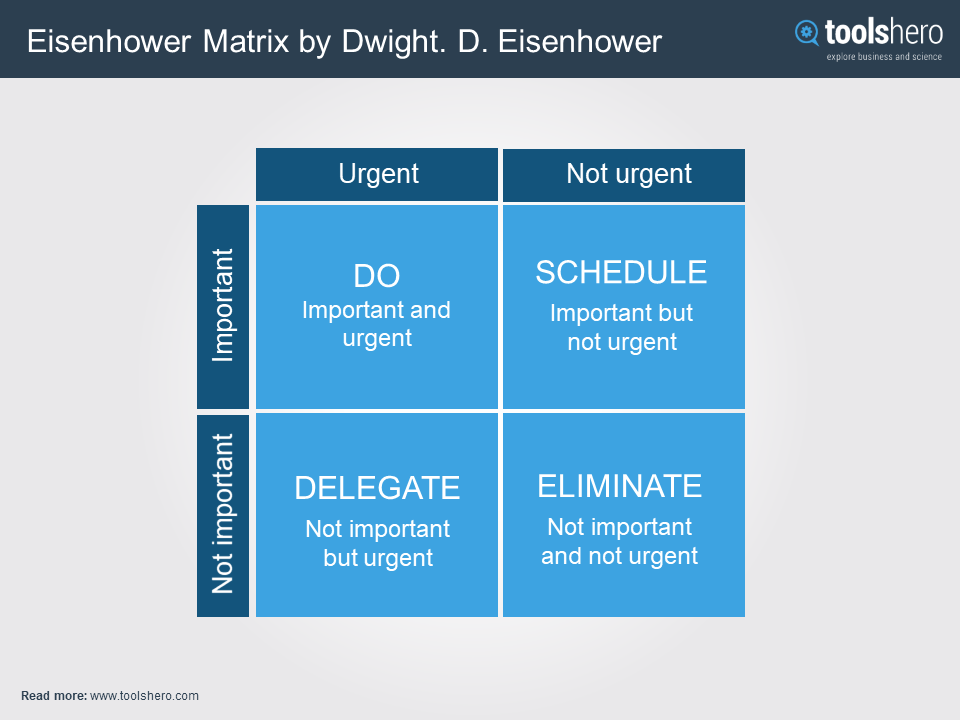 The first step to time management, then, is a conscious mentality of effective pace. We have to step off the runaway train and put the conductor back at the cognitive wheel.
The first step to time management, then, is a conscious mentality of effective pace. We have to step off the runaway train and put the conductor back at the cognitive wheel.
As Daniel Kahneman reports in Fast and Slow Thinking, time pressure makes us do stupid things. We default to what he calls System 1 thinking—reactive, instinctive, making decisions not based on analysis or facts but on rash diagnostic bias, what appears familiar, or the last thought in our head. Time pressure impairs cognitive ability and fuels bad decision-making.
Obviously, there are deadlines that have to be met and urgent issues that land on our screens that need quick turnarounds. But when time pressure extends beyond due dates and immediate tasks to all the time, even at home, it can lead to perpetual time urgency. This drives a fixation with the passage of time that makes every task an emergency.
But it's not. It's false urgency, since the emergency your outmoded brain misinterprets is that you are going to die. You may have 200 emails, but you're not going to die from them. Since time frenzy activates the stress response, it's no surprise that studies show that time urgency is a heart attack risk. The pattern goes: Impatience leads to irritability, which leads to anger and clogged arteries. Unconscious speed mode undermines performance, rapport, and health.
You may have 200 emails, but you're not going to die from them. Since time frenzy activates the stress response, it's no surprise that studies show that time urgency is a heart attack risk. The pattern goes: Impatience leads to irritability, which leads to anger and clogged arteries. Unconscious speed mode undermines performance, rapport, and health.
THE SPEED TRAP
It’s a speed trap. Nonstop motion makes everything appear urgent when we haven’t taken the time to think about what is urgent and what isn’t. The way out of the frazzle and the first step to time management is to stop the busyness long enough to regulate pace, qualify urgency, prioritize, and change our perception of time and ourselves.
That means untangling identity from the reflex of unconscious busyness and redefining where true productivity comes from. When someone asks how we are, the tendency is to blurt out: Busy! Even if we’re not. Busyness has a habit of becoming ingrained with who we are. We wind up identifying as a person constantly in motion.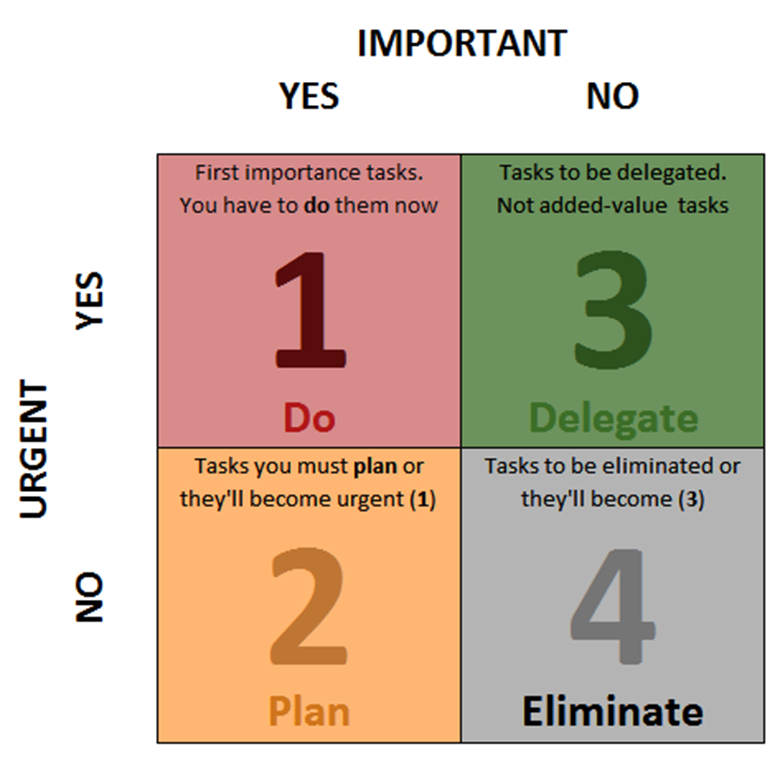 Say "I'm too busy" often enough, and that is who you are.
Say "I'm too busy" often enough, and that is who you are.
Yet productivity is not a function of how busy you are or of constant commotion. Rote busyness is simply mechanical momentum, movement without an understanding of whether the commotion is moving things forward, without knowing where we are going or why and that we are creating extra work and stress by rushing through it.
It’s mobility that we want, not a badge of busyness and being able to say how swamped we are, which only intensifies time anxiety. Mobility comes from the opposite of hyperventilation—reflection and focused attention on the task, not the clock. This places us in the moment, instead of having to keep a part of our brain on the finish line. We get the work done faster without the ticking time bomb of the clock.
TIME MANAGEMENT IS ATTENTION MANAGEMENT
The perception of time changes from tormentor to friend when we take a breath to see what needs to be done and why at a given moment. When you set terms of engagement with tasks, you are in control, instead of a fearsome deadline or stack of to-do’s.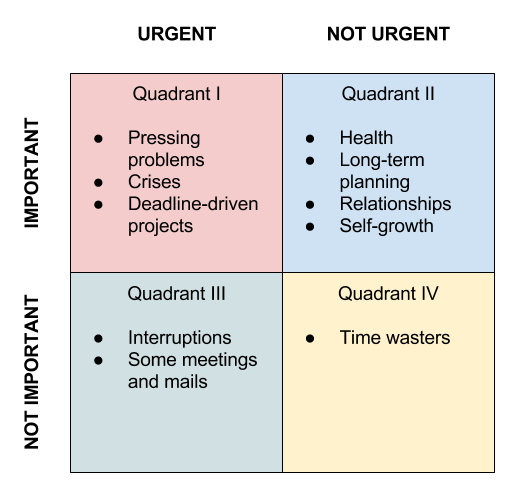 The more you can be absorbed in what you are doing in the present, you remove the oxygen of time panic, which is agonizing about the future, a tense you can never be in anyway.
The more you can be absorbed in what you are doing in the present, you remove the oxygen of time panic, which is agonizing about the future, a tense you can never be in anyway.
Time management boils down to attention management. If you are truly paying attention and not self-inflicting time stress by checking clocks or allowing unbounded distractions, you stay focused on the task you’re on. Attention comes from focus on a target. Trying to pay attention to multiple targets through multitasking or keeping to-do’s circling the mind like jets at LAX accelerates time tension and the chances of making a mistake while rushing.
So how do you or your team manage time, instead of being run by default fight-or-flight? It’s a daily practice, since the accelerators of time frenzy are all around us—emails, instant messages, texts, and the influence of others flying on hyperdrive.
We pick up on the emotions and expressions of others through mirror neurons. We have to make conscious choices to resist false urgency, our own and that of others.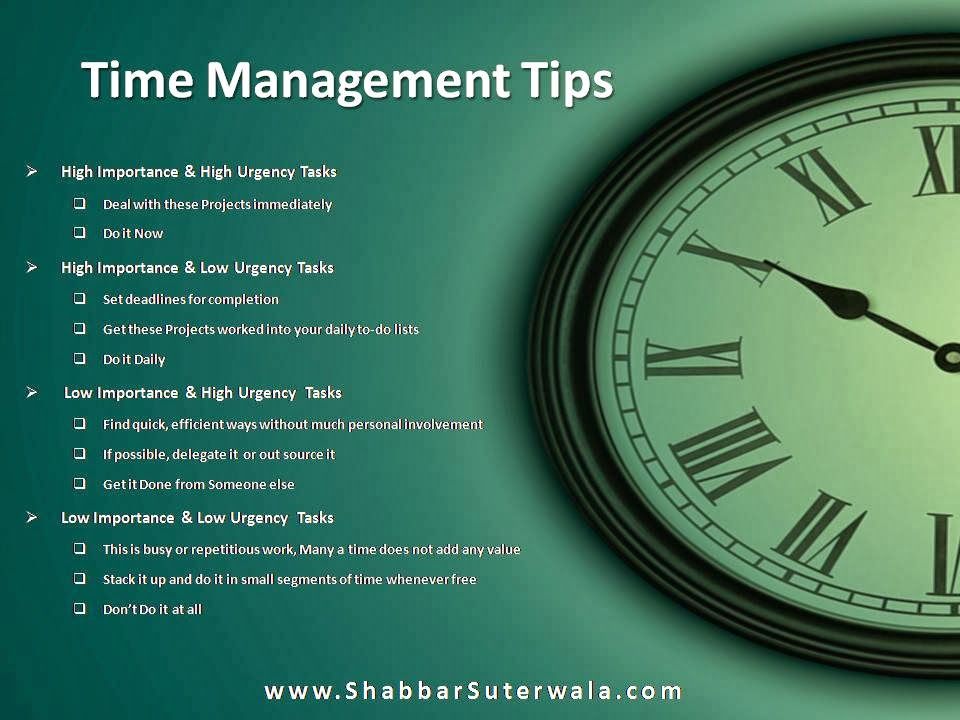 Here are a few keys to time management we don’t usually hear about:
Here are a few keys to time management we don’t usually hear about:
- “I’m too busy” is a story, not your identity. Getting things done is the goal, not nonstop commotion.
- Stop, pause, and target attention. If you’re rushing for no reason, stop and stare at the clouds in the sky, or put on some music. Target your attention on something else. That breaks up the time frenzy entrainment.
- Restrict the amount of self-deadlines. We drive a lot of stress by setting arbitrary self-deadlines for this task or that dry cleaners that no one is holding us to. Avoid setting yourself up by seeing these targets as more approximate deadlines.
- Limit clock-checking. Each time we check the time, we self-inflict time stress and an interruption.
- Resist the hurry-worry of others. Choose not to accept the time frenzy of others. "Yes, I see they’re freaking out, but that is them.
 I will not react."
I will not react." - Do time estimates of all your key tasks. It’s easy to be overly optimistic on turnaround times. Analyze how long it takes to do each of your main tasks. When you take an assignment, you know how much time to budget for it.
A classic false belief of the “I’m too busy” mindset is that, if you pause or even slow down, then you will fall behind. In fact, an effective pace insures that you won’t have to do everything over again by making the mistakes that come with rushing. It’s mechanical busyness, without thought as to where the busyness is going, that undermines progress.
Busyness and the time frenzy it fuels also do something more insidious. They make it impossible to savor accomplishments, since you have to instantly move on to the next thing and next thing on a treadmill that never ends to keep from falling behind the self-inflicted schedule.
They also make it hard to carve out time for your life, because you are always too busy to step back from hyperdrive.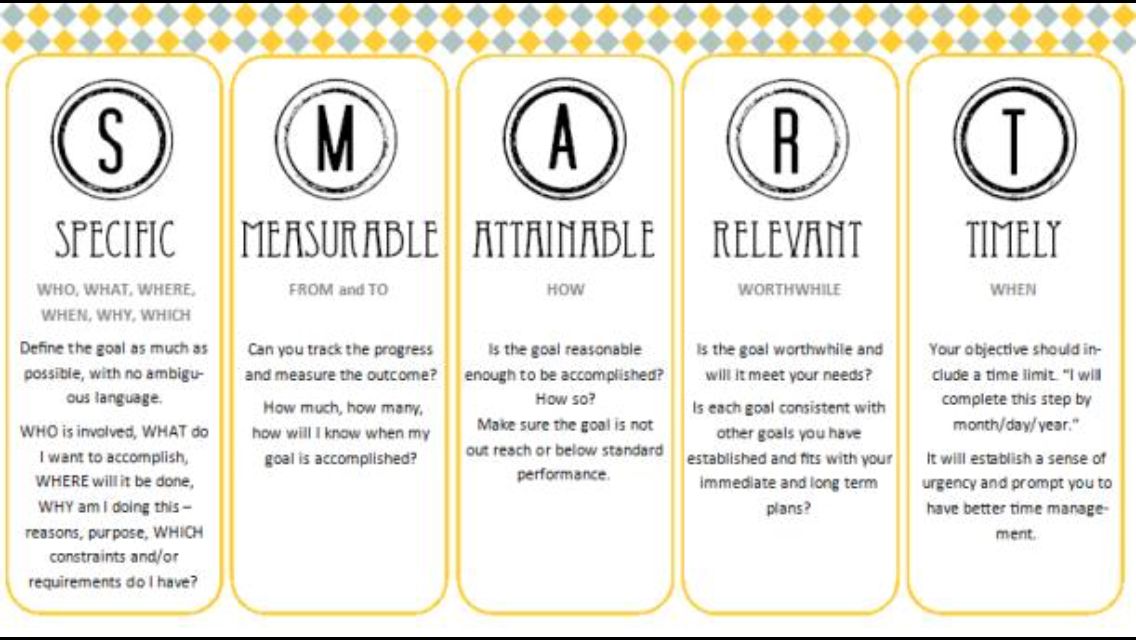
If you would like details on our work-life balance, time management and productivity trainings, click the button below.
Tags: work productivity, crazy busy, time urgency, time stress, time management
The first couple of weeks of the new year are rare, indeed. They are one of the few times it is permissible to actually pause from head-down, full-blast mode, to reflect, ponder the upcoming year, even smell a rose or two.
Pausing is not something most of us are very good at. We are raised to keep on going to the last drop of caffeine. The premium is on action, and non-action appears to have no payoffs.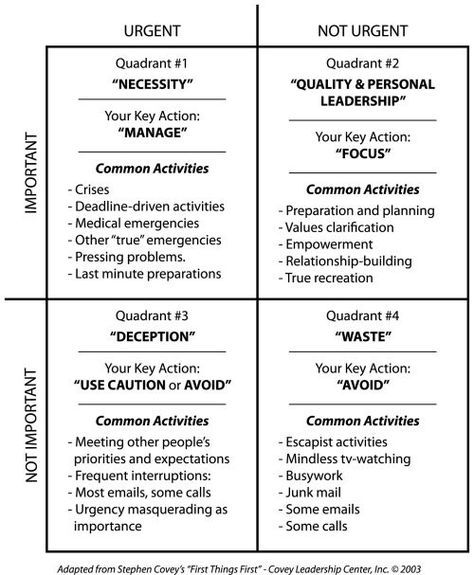 Yet the key to work-life balance, productivity, stress management, and a quality life in 2015 or any year is in the space between the action, the moments when we take time to consider what’s working, what’s not, what needs to change, why, and how we get there.
Yet the key to work-life balance, productivity, stress management, and a quality life in 2015 or any year is in the space between the action, the moments when we take time to consider what’s working, what’s not, what needs to change, why, and how we get there.
THINK-TIME
Without a pause, we can’t chart a better path forward. So before resolutions, before intentions, we need to stop so we can plan where we're going. Without a step-back to plan it’s easy to keep doing the same-old, same-old and default to the mechanical momentum of busyness. Planning, from prioritizing work tasks to putting life on the calendar, is the essential self-management tool. It figures out what you want and offers a path to make it happen.
So let’s make 2015 a year in which we are going to take the time to make the time to plan, whether it’s 10 minutes at the start of the day to get priorities together, time to discover what tasks need to be adjusted for more effective work, time to choose a new hobby to recharge during the week, or time to figure out what you’re going to do on your vacation this year and when you’re going to take it.
Europeans use the month of January to sit down with coworkers and managers and figure out when people want to take their vacations, so that holidays can be built into the workflow and operations of the company for the year. Planning puts things you value on the calendar.
STRATEGIC PAUSING
Taking strategic pauses to map out our days and life highlights gets shoved aside usually because of the grip of time urgency and overwhelm that afflict most of us these days. Time urgency is a fixation with the passage of time. It makes you think every minute is an emergency and that each moment must be booked to the gills, or you’re a slacker.
The result is a cheek-flapping ride through the blur of busyness. We can’t stop for a second, or it’s apocalypse now. “Did you get that email I sent you three minutes ago?” The vise grip of busyness keeps you from making the extra call to a colleague, doing the research to have accurate turn-around times, or get exercise or life in for stress relief.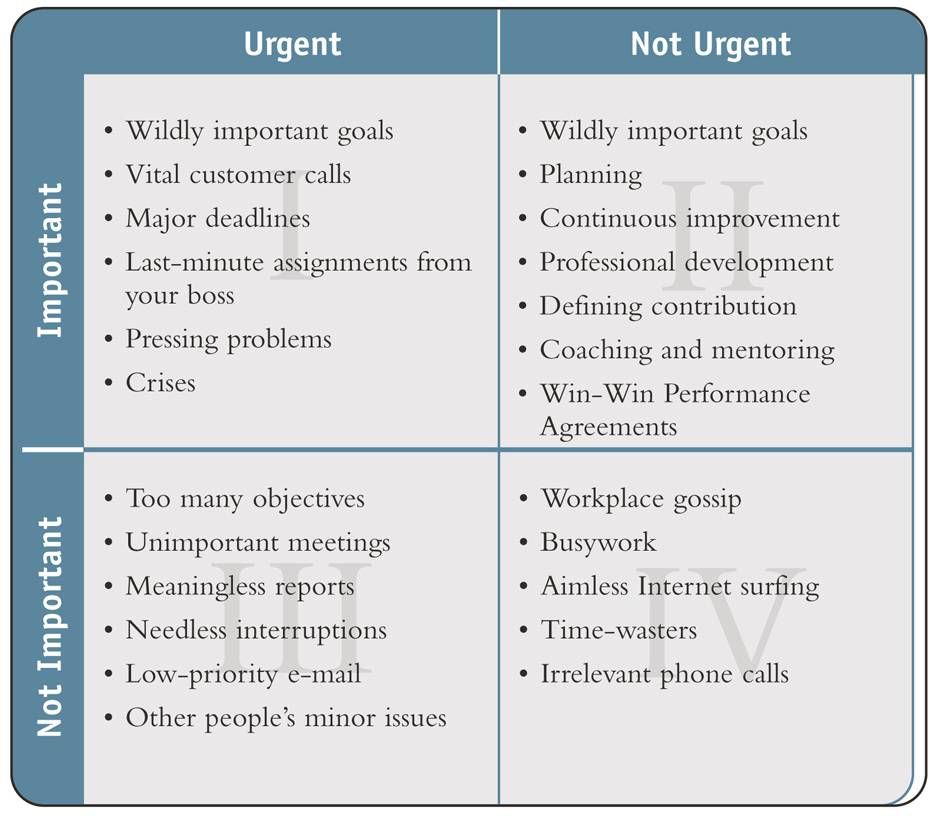 “There’s no time!”
“There’s no time!”
But studies show we do have time. It’s just not organized. Let’s take a look at some pauses we can use to direct a more thoughtful, effective, healthy year ahead for both work and life.
1. Big Picture Pause. Set aside a chunk of time, say, 30 minutes this week and then once a month, to think about where you’re going at work and life this year and why you’re going there. What are your work goals? Life priorities? What’s missing from the picture? What do you need to change? How can you do that?
2. Work Effectiveness Pause. Review tasks and identify ones that are frequent bottlenecks and time-wasters. How could they be adjusted for less stress and more effectiveness?
3. Priorities Pause. Set aside 10 minutes at the end of the workday or at the beginning to map out the top five tasks on your list for today or tomorrow.
4. Balance Pause. Each Friday, take a few minutes to assess the state of your work-life balance.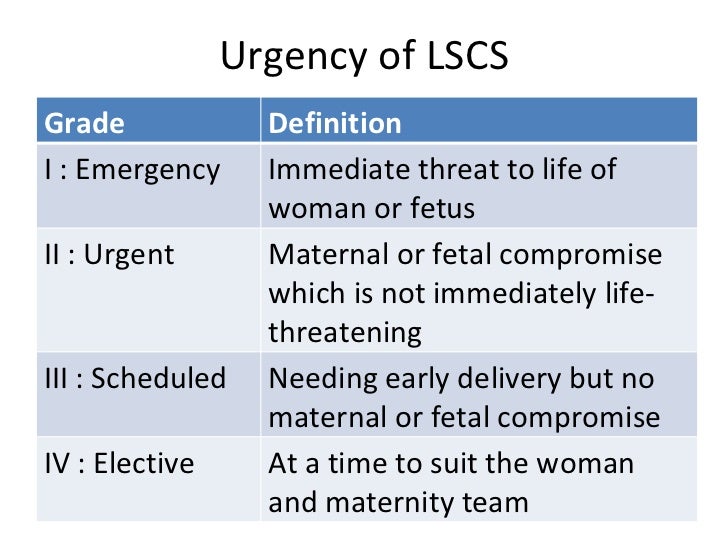 Are you out of whack? What needs to happen to have a better work-life fit?
Are you out of whack? What needs to happen to have a better work-life fit?
5. Recharge Pauses. Fatigued brains look like ones that are sound asleep. Pause when the pressure peaks, you’re stuck, concentration fades, the daydreaming begins. Take a walk, listen to music, or plan your weekend to build up energy and cognitive resources again.
6. Free Time Pause. Take time to put together a free-time log for a week of all your time outside work. Where are the time sinks? Where are the free-time slots you could schedule a new hobby or activity? What would you like to do? Salsa dancing? Cycling?
7. Vacation Pause. Figure out at the beginning of the year where you want to go on vacation and when you want to go. This makes it easier for coworkers and managers and locks them and you into making the holiday happen at the most opportune time, with plenty of notice to make workflow adjustments.
8. Life List Pause. Take some time to think about what you’d like to do on this planet for the experience of it.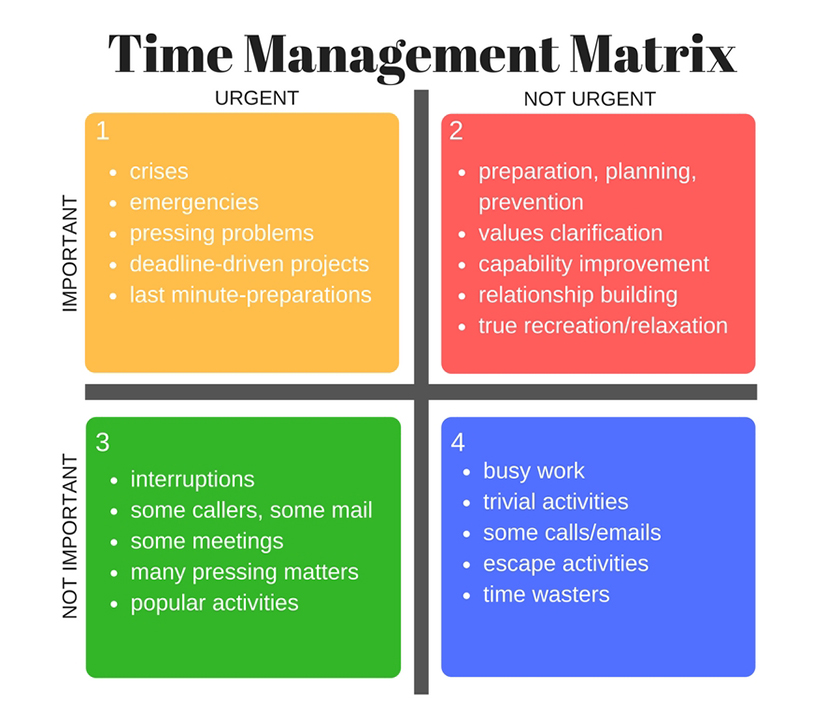 What’s on your Life List? Sail the South Seas? Learn guitar? Keep a rotating list of five experiences and start jotting down steps to make them happen.
What’s on your Life List? Sail the South Seas? Learn guitar? Keep a rotating list of five experiences and start jotting down steps to make them happen.
We are led to believe that nonstop commotion is the only road to success, but it’s informed action that makes work effective and life worthwhile. Satisfying work and a well-lived life are the result of thinking, assessing, and having the attention to create a better pathway forward, something no one else can do for us. What you want doesn't happen on its own. You have to make it happen.
Let’s use this opening of the dawn of the new year to pause frequently in 2015 and put the most underrated tool of work-life balance into action.
Tags: time urgency, 2015 resolutions, work effectiveness, time management and planning, stress and prioritizing, well-lived life, work-life coaching, work life balance programs, work life balance
Remember when “rush hour” used to be an hour or two on the way to work and home? These days rushing is an all-day affair—and a major obstacle to productivity and health, since believing every minute of the day is an emergency drives stress.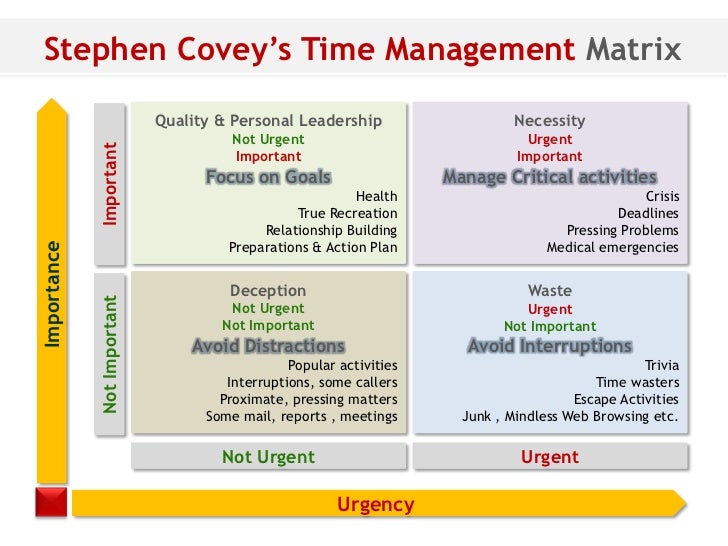
Rushing is a habit we think is good for our work, but it’s actually the opposite. It’s a ticket to mistakes, re-do’s and attention lost in frenzy and frazzle. The fact is, there's not much engagement or attention on anything when we’re racing. All the focus is on getting done with the task, not on doing it.
The bad habit here is called time urgency. The pattern goes like this: Impatience leads to irritability, which leads to anger, which leads to clogged arteries. This is why time urgency is a medical term. It’s a heart attack risk and a major roadblock to work-life balance.
Time urgency fuels rushing and rushing fuels stress. It’s an unconscious loop we get caught up in that shreds attention and sets up action before thought. Nonstop motion makes everything appear urgent when we haven’t taken the time to think about what is urgent and what isn’t.
Productivity takes a beating from the emotional anxiety that comes with rushing. A study by Leslie Perlow found that time pressures lead “to a crisis mentality.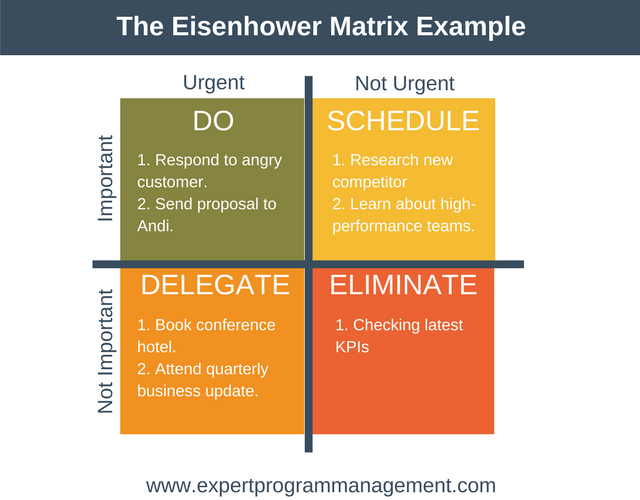 ” The stress of time urgency activates the emotional center of the brain, and when it does, rational decision-making gets hijacked by the raw emotion and panic of our ancient caveman brain, the amygdala, which goes into fight-or-flight mode.
” The stress of time urgency activates the emotional center of the brain, and when it does, rational decision-making gets hijacked by the raw emotion and panic of our ancient caveman brain, the amygdala, which goes into fight-or-flight mode.
You can take the crisis and frenzy out of the day by opting out of the time urgent habit. Patience isn’t just a virtue; it’s a necessity for avoiding needless stress.
Tags: work-life balance trainings, time urgency, HubSpot Tips, false urgency, productivity, work life balance programs, work life balance, job stress
Time Urgency and Anxiety: The Seventh Step for the Final Week
Our anxious brains evolved to respond to a threat that was immediate.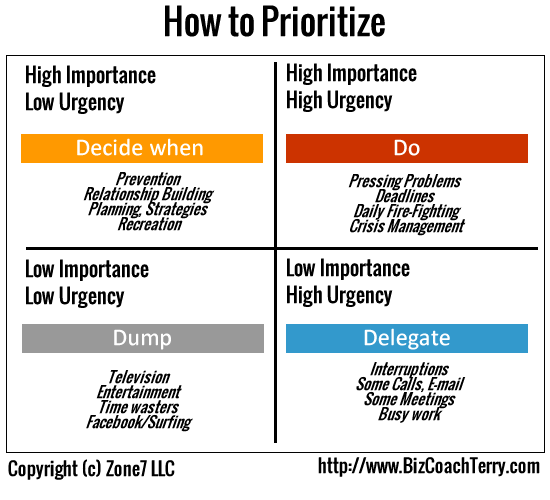 The tiger in the bush wasn't going to wait around for your ancestor to carry out probabilistic calculations about false alarms. The danger was imminent and your response to escape needed to be instantaneous. Reflection was the hallmark of the "soon-to-be eaten."
The tiger in the bush wasn't going to wait around for your ancestor to carry out probabilistic calculations about false alarms. The danger was imminent and your response to escape needed to be instantaneous. Reflection was the hallmark of the "soon-to-be eaten."
Time Urgency and Everyday Anxiety
So, how does this time urgency translate into your everyday anxieties?
You are stuck in traffic and you say to yourself, "I can't stand this. It's driving me crazy!" So you blow your horn, bang the dashboard, and scream expletives. And you still can't move your car. But you feel a sense of urgency to get out of here. You feel trapped.
You start breathing rapidly. Your heart is racing. You are sweating. You are thinking that you will have a panic attack if you don't get the hell out of here immediately. But then you look around at your leather interior car with its Bose sound system and its luxurious air-conditioned interior and you wonder, "What am I worried about?" The rational part of your brain knows that it's safe.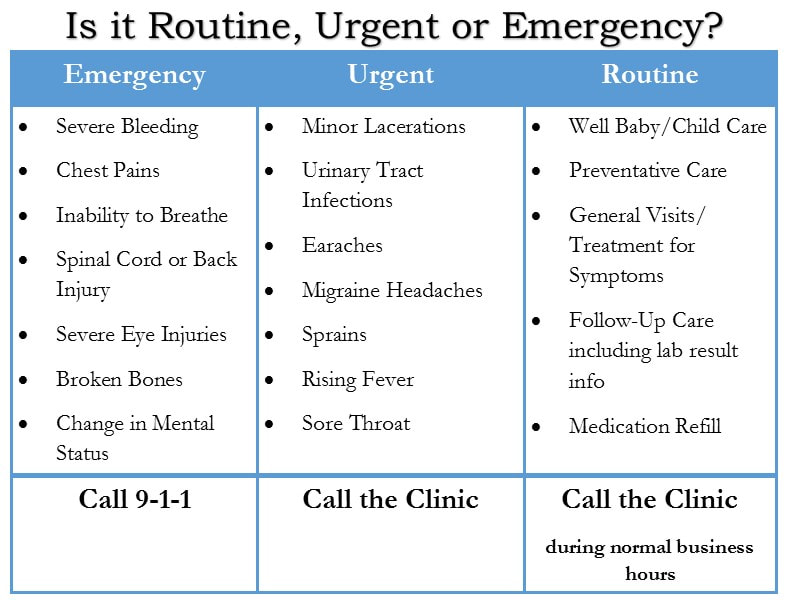 But your amygdala is screaming, "Get out of here!"
But your amygdala is screaming, "Get out of here!"
Your panic seems to come on more strongly. This is the sense of "suffocation" that you have feared as you gasp for breath. Your brain keeps pounding away with the alarm, "You have to get out!" You think, "If only I could get out of the car and run like a madman, then I'd feel better." But you know that you would then think you are crazy.
You wake up in the middle of the night and you think, in your dreamy, somewhat intoxicated state, "Will I ever find the love of my life?" You look next to you—and that person is not the love of your life. And now you panic, "When will I find my true love?" You lie in bed, ruminating, twitching, and turning, impatient. You've got to know right now. But you don't.
You notice a spot on your skin and it's Friday night and you think, "This could be cancer." But you also know that you can't see your doctor until next week. You have to know right now. So you Google skin cancer and drive yourself insane with worries until your next appointment.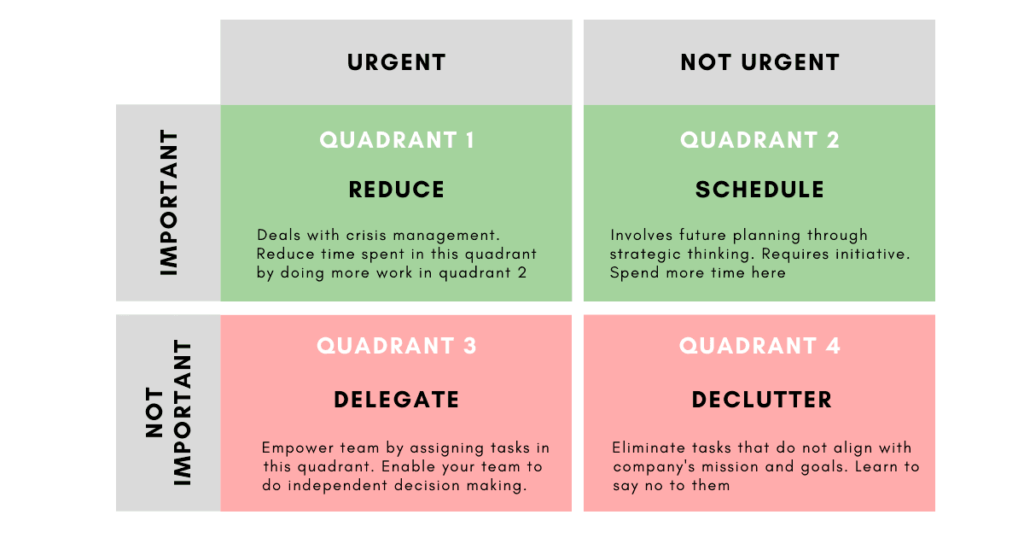
Your brain tells you that you need to know right now. You can't stand waiting. You can't accept uncertainty. Like everyone who is anxious, you are plagued by time urgency.
Seven Steps to Putting Time on Your Side
Let's think this through for a few minutes. Take your time.
- What is the disadvantage to you of time urgency? Doesn't it make you continually anxious and worried? Doesn't it deprive you of the ability to enjoy the present moment? Aren't you irritable and sometimes difficult to be around? Wouldn't you be better off with a cooler head and more patience?
- What if you don't know right now? Why is that so bad? Are you thinking that if you don't know right now, then you will never know? Or, that things will turn out badly? Not knowing right now is exactly that-you might know later. In fact, you will know later. Just wait.
- Are your body and mind keyed up to take action? Your adrenaline is shooting through you as you are prepared for immediate action.
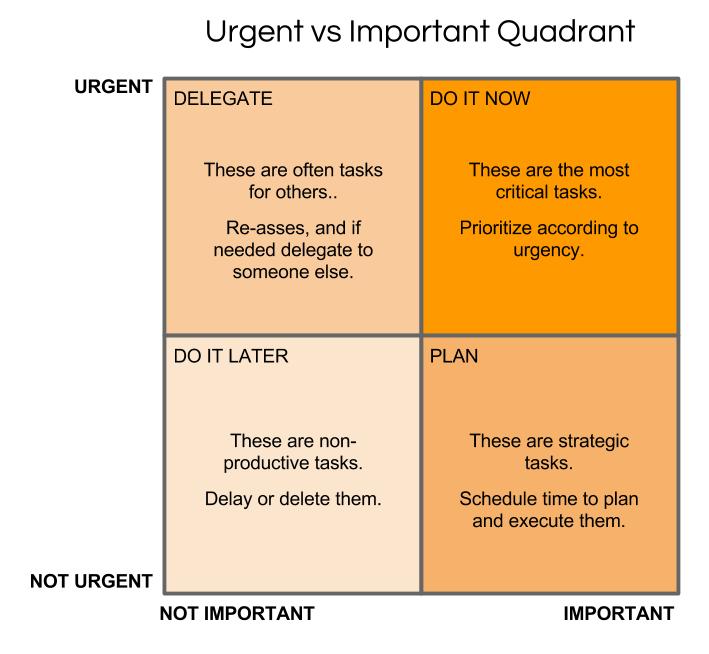 Turn down the adrenaline. Practice relaxing, let go of your breath. Surrender. Your brain may be telling you, "Don't surrender." Let it go. You will find that nothing happens. No emergency.
Turn down the adrenaline. Practice relaxing, let go of your breath. Surrender. Your brain may be telling you, "Don't surrender." Let it go. You will find that nothing happens. No emergency. - How many times have you been wrong about needing to know right now? False alarms and emergencies constantly deprive you of your life. When you didn't know right now, was it always a bad outcome? Aren't you still here?
- Set aside your worry until five hours later. Revisit the issue of urgency at that time. Does it now seem irrelevant? Why?
- Get into a time machine. Go five years into the future. Eventually, you will have the answer to your question. So why not simply enjoy the time in between?
- What can you still do even if you don't know right now? Plan all of the positive and meaningful activities that you can do even if you don't have your answer right now. Fill your life with action and appreciation and you will crowd out the alarms. Not knowing right now doesn't have to mean not living right now.
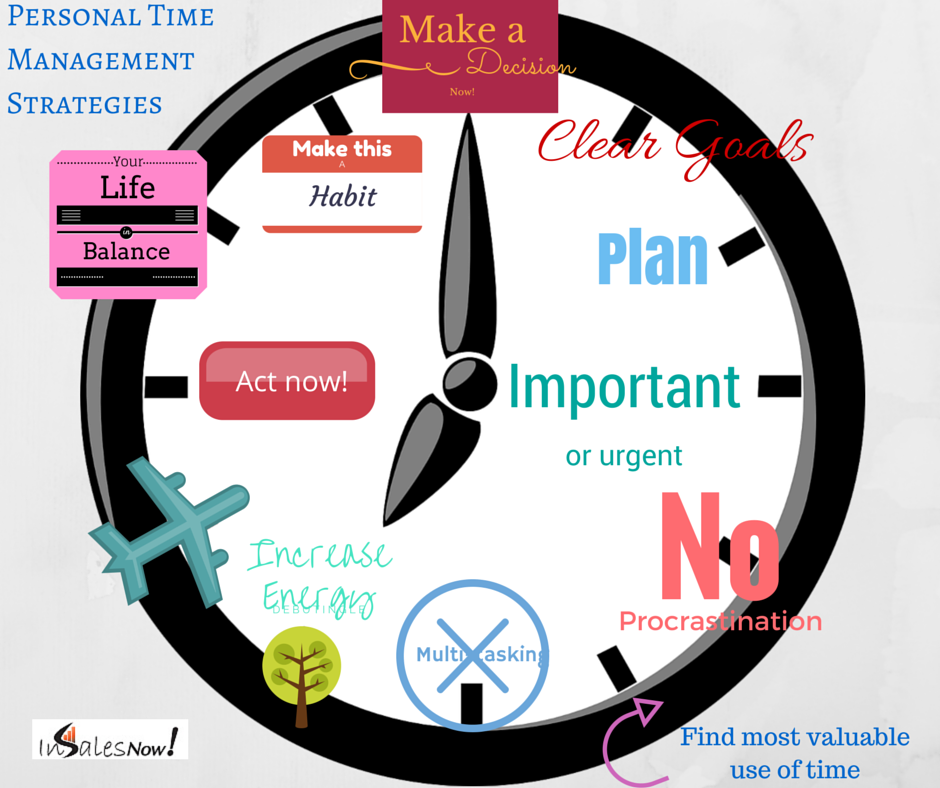
What is important and what is urgent? / Sudo Null IT News
The Eisenhower Matrix is a very well-known method for setting priorities. For example, in Stephen Covey's famous book The 7 Habits of Highly Effective People, an entire chapter is devoted to the matrix.
The Matrix is a task prioritization tool. They say it was invented by the 34th US President Dwight Eisenhower. Determining priorities using a matrix is simple and effective.
As far as it is known, it is just as not common in our environment, whether it concerns work or life. The Eisenhower matrix looks like this:
Any task that needs to be done falls into one of the four quadrants of the matrix. Perform in order from top to bottom, left to right. First - urgent and important, then - urgent and not important, then not urgent and important, and finally, not urgent and not important.
The key problem that people face when working with the Eisenhower matrix is classifying tasks by urgency and importance.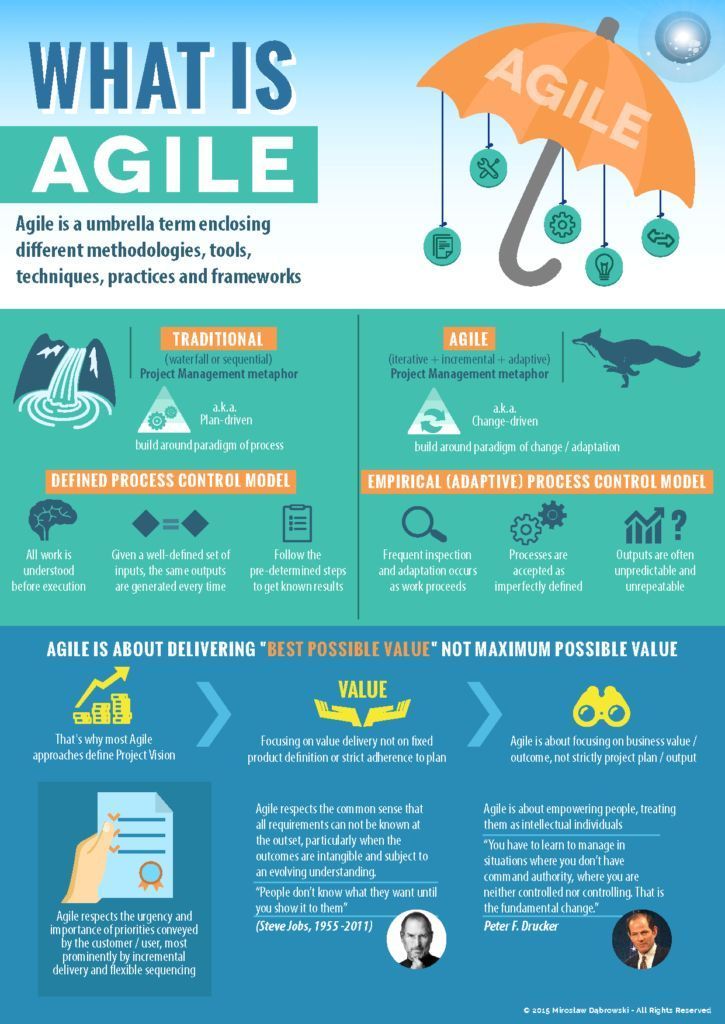 To be more precise, the main trouble is to understand what urgency and importance are in general. And without understanding, people throw the matrix after playing for a day or two. Let's try to figure it out.
To be more precise, the main trouble is to understand what urgency and importance are in general. And without understanding, people throw the matrix after playing for a day or two. Let's try to figure it out.
Unfortunately, or fortunately, there are no unambiguous criteria. Anyone can come up with their own rules, but not everyone will do it. So let's do this: I will tell you how I determine the urgency and importance, and you decide for yourself whether this approach suits you or not. Well, make up your own rules.
Let's start with urgency, because it takes precedence over importance.
What is an urgent task? I don't remember where I heard this criterion, but I really liked it for its simplicity. An urgent task is one that can no longer be done after the end of the term . Simple and clear.
But it is not easy to apply such an approach in life. Now the client's database stopped working - do you need to fix it urgently or not? According to the criterion - no, because the base needs to be raised both now, and tomorrow, and in a week. If you try to explain the criterion of urgency to someone in a crisis situation, then nothing good will come of it.
Therefore, we will take a smoother criterion. Urgent - this is when the losses are high due to the fact that the problem is not solved . Take a break and think, how urgent are the tasks that we used to consider as such?
Unfortunately, many managers tend to call everything urgent. The regret is not that they are wrong, but that the priority system stops working - all tasks look the same. It becomes difficult for a programmer to choose.
Objective urgency often occurs in clients' tasks - for example, the aforementioned base drop. Or the 19th of October is outside, and the client needs to submit VAT, but the declaration is not formed in any way. Or, God forbid, the end of March, and there is no way to calculate income tax. Or invoices are not printed, for an inexplicable reason, and there are delays in shipment.
Such tasks are urgent because they meet our criterion - there are real losses from the fact that the task is not solved. And not just to eat - income tax not submitted on time threatens with a serious fine.
It is important to be able to separate the concepts of "urgency" and "deadline". One way or another, any task has a deadline, even if it is not indicated. I'm getting ahead of myself a little here, I'll talk about deadlines another time, but I want you to understand: having a deadline is not urgency . As well as the approach of the deadline is not an urgency.
The urgency of the task has nothing to do with the deadline for its completion. For example, the deadline for completing a task may not be of the “date” type at all, but “as soon as possible, damn it!”. That is, formally, there is no deadline. The task, however, is urgent. Or the task may have a deadline - tomorrow, but everyone understands that it was set by a person who doesn’t need a solution - he will postpone the deadline to any date at the first request. Or the system is arranged in such a way that without specifying a deadline, the task cannot be submitted.
Urgency is a separate attribute of a task that characterizes the context of its birth and life, and not managerial designations like “due date” or “inclusion in the plan of this day”.
Now about the importance. Let's go back to the classic - Stephen Covey. He identified as important those tasks that are for the future . A fairly simple, albeit not entirely clear, definition. Let's try to decipher.
There are tasks whose solution does not fundamentally change anything. So you solved it, the client paid the money, and there were no significant changes - neither for you, nor for the client. The solution to this problem did not cause a flurry of new tasks, a long-term project did not start, no one was fired or hired, some depressing problem of the client's business was not solved.
And there is a client task, by solving which you get a project. There is a central task of the project phase, which takes it from testing to production. There is a hypothesis test task in risky development, after which you have the first release, and you can finally show your product to users and get feedback. There is a task on which the reputation of the team or your entire company depends. There is a task by which your promotion will be judged. There is a task on which your hourly rate depends.
These tasks are important. Something depends on them. And not just “something”, but a specific “something” that is understandable to you and useful to you. They not only influence the future, but also shape its .
For example, I am creating this material, which will later become a course. Until I write the material, there will be no course. If there is no course, there will be no sales. I write a course - everything will happen. Writing a course is an important task. Instead, I can get distracted by current tasks - do something for clients, or release the next release. These may be urgent tasks, but they do not create the future. And the course creates.
This is the importance of the task. Everyone understands it implicitly, but here's the catch - understanding alone is not enough. When we talked about the choice of a task, we noted: if a person decides for himself what task to take on, then he is guided by his own criteria. And what person in their right mind would willingly take on an important task?
You understand: high importance is high responsibility . Whatever we think about people, or about ourselves, we try to avoid responsibility. Therefore, an important task will be postponed, and the programmer will do what he likes.
In order for important tasks to be performed in the first place, it is necessary to adjust the priority system and help the performer with the choice. And now the moment has come when we introduce the first algorithm into our priority system - we will determine the order of execution depending on urgency and importance.
Technically it is very simple. It is enough to add two fields to the task - urgency and importance, and arrange the queue according to them. For example, by calculating the priority of the task in the form of a number. If the task is urgent, then add 2 conventional units, if important - 1 conventional unit.
In total, a non-important and non-urgent task will have a priority of zero. Urgent and not important - 2. Not urgent and important - 1. Urgent and important - 3. Now we sort the list of tasks in descending order of the calculated priority, and we get the result - the correct sequence that reflects our strategy.
The rules for calculating the numbers of urgency and importance are not rigid. And, unfortunately, they work only if the urgency and importance are assigned to the task thoughtfully, and not just so that they can be done quickly.
For example, there is often a situation when tasks from clients are written down by managers and executed by programmers. Managers, having understood the system of priorities, begin to sculpt urgency and importance for all tasks in a row, especially when a specific programmer is not assigned to a manager or client. The desire of the manager to move his task to the front of the queue is, in general, understandable, but with his desire to quickly get as many signed acts as possible, he negates all your efforts to build a priority system. And seriously infuriates programmers.
There are several solutions to this problem.
First, harder - not to let the manager set urgency and importance. Let him just write down the task. If there are any additional requirements that can affect the priority, let them state it in the task description. In fact, suddenly there is really urgent? The coordinator, or team leader, or lead programmer in this case will be guided by information from the manager.
The second option, softer, is to make two assessments of urgency and importance. One - from the manager, the second - from the one who understands something, and the final priority is calculated by the sum of conventional units. Maximum 3 conventional units from the manager, and maximum 3 from the coordinator. The priority system will become more multifaceted and balanced.
Well, don't forget a simple rule: there are tasks in the world that are neither urgent nor important . When such regulators as urgency and importance appear, the hand itself reaches out to use them. Something seems to be missing when urgency and importance are not specified.
The lack of urgency and importance of the task is normal. But there is one problem - such a task, theoretically, may never be fulfilled if new ones constantly appear that have at least one conditional priority unit. How to avoid such a situation, we will talk another time.
Summary
- The Eisenhower Matrix is a simple prioritization tool;
- Priority is governed by two features - urgency and importance;
- An urgent task is one whose losses from non-fulfillment are high;
- An important task is one that affects the future;
- Urgency over importance;
- There are tasks that are neither urgent nor important;
- Priorities work only with a conscious definition of urgency and importance.
The Eisenhower Matrix as a tool for setting priorities - SKB Kontur
July 29, 2022 105,694
Most people spend time solving other people's priority tasks. And every day they feel exhausted because they do not have time to deal with their own problems. Time is distributed equally for everyone, but only those who make the right choice turn out to be productive.
Why is it so difficult to choose between priority and secondary tasks? Research by neurologist Antonio Damasio shows that decision making is inextricably linked to emotions. It is therefore not surprising that anxiety and depression are often characterized as states of being stuck and unable to make decisions. Using simple tools like the Eisenhower matrix helps not only to understand things, but also to reduce emotional stress. Over time, having mastered the principles of this concept, you can learn to easily and quickly distinguish between important, urgent, secondary, and useless.
The Eisenhower matrix is believed to be directly related to the words of Dwight D. Eisenhower: “I have two problems: urgent and important. Urgent is not important, and important is urgent.
”
Dwight D. Eisenhower is best known as the 34th President of the United States (from 1953 to 1961). Before becoming president, he was a general and commanded the allied forces during World War II. In 1950, Eisenhower became the first Supreme Allied Commander of NATO in Europe.
A specific professional activity constantly forced Eisenhower to make tough decisions and focus on different tasks every day. To optimize the process, he created his own method, which became widely known as the Eisenhower Matrix . Today, it can be used not only by generals, but also by ordinary people up to housewives - he helps to prioritize current tasks and put things in order.
This tool is suitable for those who are willing and able to assess the importance of their tasks and classify them clearly. The method implies the division of tasks and actions into four groups:
- urgent and important;
- important but not urgent;
- urgent but not important;
- are not urgent or important.
The ultimate goal of the Eisenhower Method is to help filter out the minor matters from the important decisions and focus on what really matters.
If we imagine the Eisenhower matrix as a picture, then it will look like this:
The value of the quadrants in the matrix
Tasks are assigned to specific quadrants, which in turn determine when and for how long you can complete the task.
- Quadrant I - Do it Now (Urgent and Important)
This includes priority tasks requiring immediate attention. They have strict deadlines and must be carried out above all else and personally.
- Quadrant II - Decide when you will do it (important but not urgent)
This quadrant is the strategic part of the matrix, ideal for long-term development. The elements it includes are important but do not require immediate attention. At the same time, tasks have a certain deadline and are also performed personally.
- Quadrant III - Delegate to someone (urgent but not important)
This quadrant includes phone calls, emails, and meeting and event scheduling. These types of tasks usually do not require personal attention because they do not imply a measurable result. Quadrant III helps to minimize distractions from important work. Thanks to delegation, you can focus on more important things.
- Quadrant IV - "Do it later" (not important, not urgent)
Activities that fall in Quadrant IV are related activities that do not add any value. Simply put, this is something that can always be put off without fear of any consequences. These things take time and get in the way of more important tasks that you contribute to the first two quadrants.
Matrix color selection
Assign a color to each of the matrix quadrants and associate it with a priority level.
Example:
Red = urgent.
Yellow = important but not very urgent.
Green = urgent but not important.
Gray = not urgent, not important.
In the process of using the matrix for professional purposes, you will find that most tasks fall into quadrants I and III. Quadrant II activities are the most significant because they are business goals that affect the long-term success of the business and are rarely classified as urgent.
The most difficult thing to understand is what distracts you from your planned course. But if you deal with this fundamental problem of time management, then get rid of thoughts about wasted hours. Ask yourself two questions to help you develop long-term strategies for making decisions:
- When will you be doing important but not urgent tasks?
- When can you spend time on important tasks before they suddenly become urgent?
It is worth remembering that sometimes tasks from one quadrant suddenly fall into another. If an emergency arises, your priorities will change. For example, you own a small business, a disgruntled customer calls and asks to be contacted by a manager due to a delivery delay. This problem will immediately rise above the other elements in the matrix.
The distribution of tasks into quadrants has some peculiarities, which should be taken into account:
- To-do lists make life easier. Make sure you ask the right questions when assigning tasks to help determine what needs to be done first. The key feature is priority.
- You can add many activities and tasks to each quadrant, but it's best to keep the maximum number to no more than eight items. Otherwise, you will move away from the main goal - completing the task.
- Create separate matrices for professional and personal life.
- Only you can determine the priority level of items in your list. Start every morning with a to-do list from the matrix, and by the end of the week you will see the result.
Eisenhower Matrix Template
To simplify the process of assigning tasks, use the template developed by Evernote:
The Eisenhower Matrix can be translated into Trello project management software.





